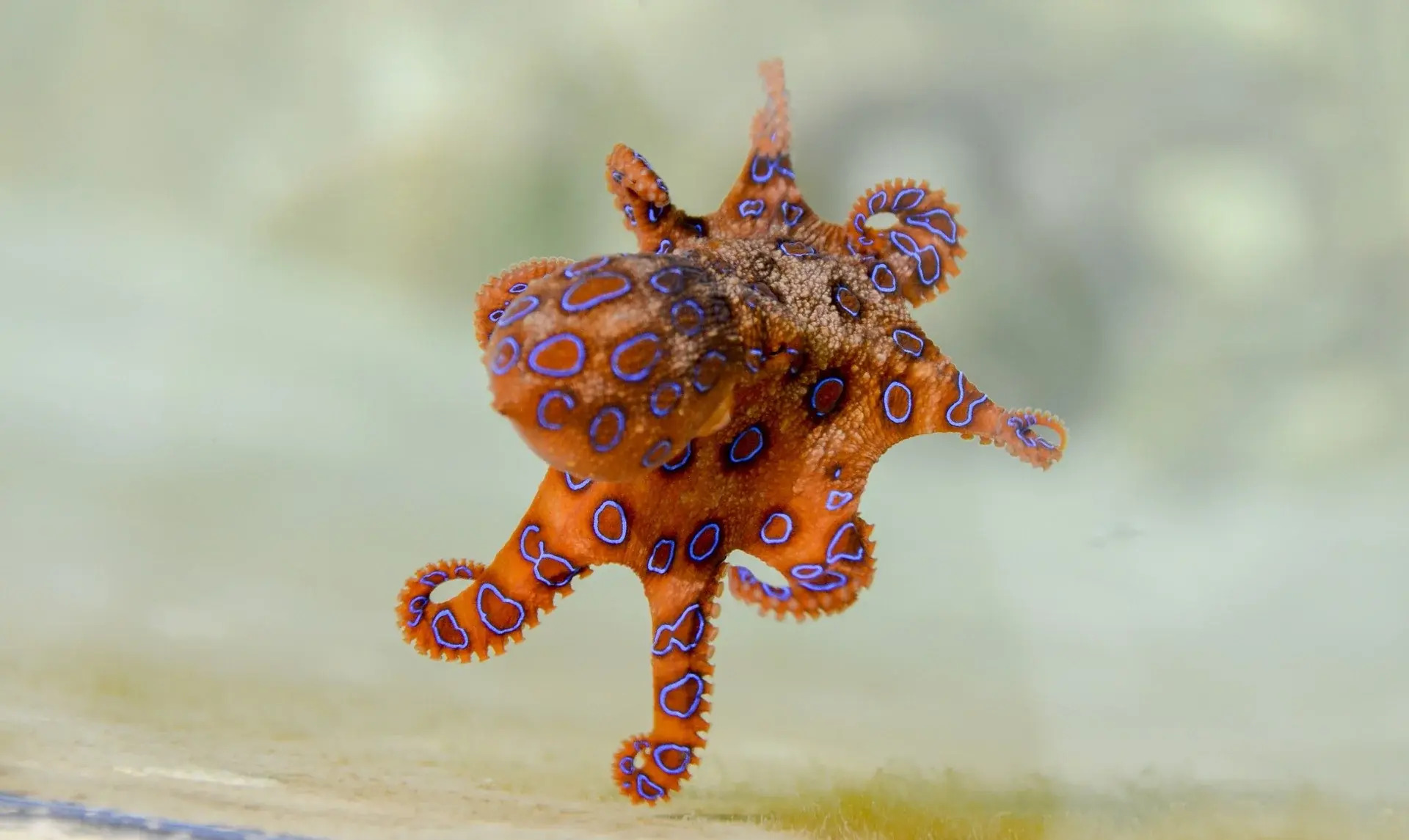7 Surprising Facts About The Cute But Deadly Blue-Ringed Octopus

The blue-ringed octopus might look small and harmless, but don't let its size fool you. This tiny sea creature packs a powerful punch. Found in tide pools and coral reefs in the Pacific and Indian Oceans, it’s known for its bright blue rings that flash as a warning when threatened. Despite being only about the size of a golf ball, its venom contains tetrodotoxin, a substance 1,000 times more toxic than cyanide. Just one bite can be fatal to humans. Yet, many people remain unaware of the dangers lurking behind its beautiful appearance. Ready to learn more? Here are seven surprising facts about this cute but deadly octopus.
Tiny But Mighty
The blue-ringed octopus may be small, but it packs a punch. Found in tide pools and coral reefs in the Pacific and Indian Oceans, this creature is both fascinating and dangerous. Here are some surprising facts about this tiny terror.
Size and Weight
- Despite its deadly reputation, the blue-ringed octopus is only about the size of a golf ball. Weighing just 10 to 100 grams, it’s hard to believe such a small animal can be so lethal.
Bright Warning Colors
- When threatened, the blue-ringed octopus flashes its iridescent blue rings as a warning. These rings are usually hidden but become visible when the octopus feels threatened or agitated.
Deadly Venom
The blue-ringed octopus is one of the most venomous marine animals. Its venom contains a potent neurotoxin that can be fatal to humans. Here’s what makes its venom so dangerous.
Tetrodotoxin
- The venom contains tetrodotoxin, a powerful neurotoxin that can cause paralysis and respiratory failure. There is no known antidote, making it extremely dangerous.
Bite and Symptoms
- A bite from a blue-ringed octopus is often painless, but symptoms can appear within minutes. These include nausea, respiratory arrest, heart failure, and sometimes total paralysis.
Unique Hunting Techniques
This octopus has some unique ways of catching its prey. It uses its intelligence and agility to outsmart and capture its meals.
Camouflage Skills
- The blue-ringed octopus can change its color and texture to blend into its surroundings. This helps it ambush prey and avoid predators.
Paralyzing Prey
- It uses its venom not just for defense but also to paralyze its prey. This makes it easier to catch and consume small fish, crabs, and shrimp.
Reproduction and Lifespan
The life cycle of the blue-ringed octopus is as intriguing as its hunting and defense mechanisms. Here’s a peek into its reproduction and lifespan.
- Short Lifespan
- The blue-ringed octopus has a short lifespan, living only about two years. Despite this, it plays a crucial role in the marine ecosystem.
The blue-ringed octopus may be small, but it’s a fascinating and deadly creature. From its bright warning colors to its potent venom, this tiny octopus is full of surprises.
The Blue-Ringed Octopus: A Tiny Marvel
The blue-ringed octopus is a fascinating creature. Its small size and vibrant colors hide a powerful venom, making it one of the ocean's most intriguing yet dangerous inhabitants. Despite its deadly nature, this octopus plays a crucial role in marine ecosystems. Understanding its behavior and habitat can help us appreciate the delicate balance of ocean life.
Always exercise caution if you encounter one in the wild. Admire its beauty from a safe distance. This tiny marvel reminds us of the wonders and dangers that coexist in nature. By respecting and learning about such creatures, we can better protect our oceans and the incredible life forms within them. Stay curious, stay safe, and continue exploring the mysteries of the deep.

